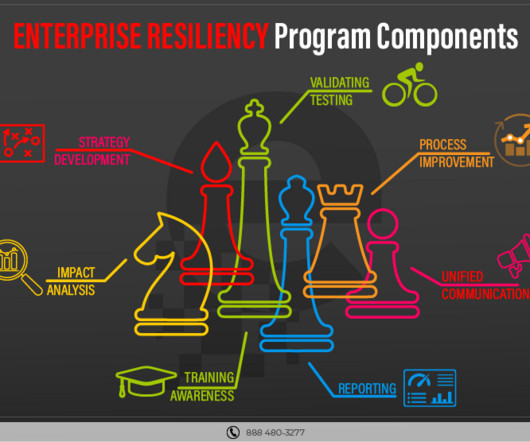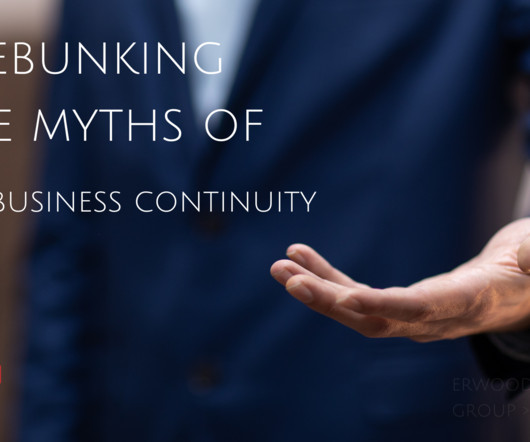Enterprise Resiliency: Navigating Through Disruptions
eBRP
FEBRUARY 15, 2024
Business Impact Analysis (BIA) BIA is a strategic tool that helps organizations understand the potential impact of disruptions on their operations. Testing, Validation, and Continuous Improvement Regular testing and validation of response Plans are imperative to ensure their effectiveness.
















Let's personalize your content